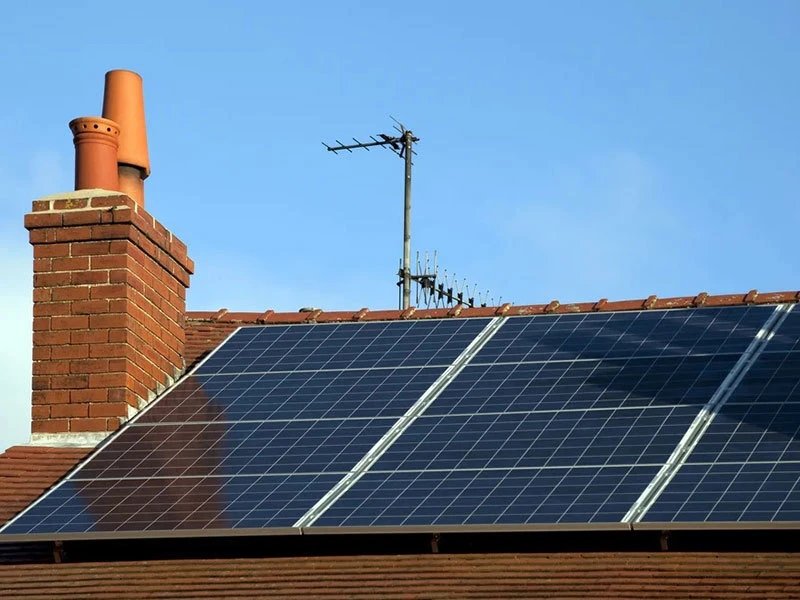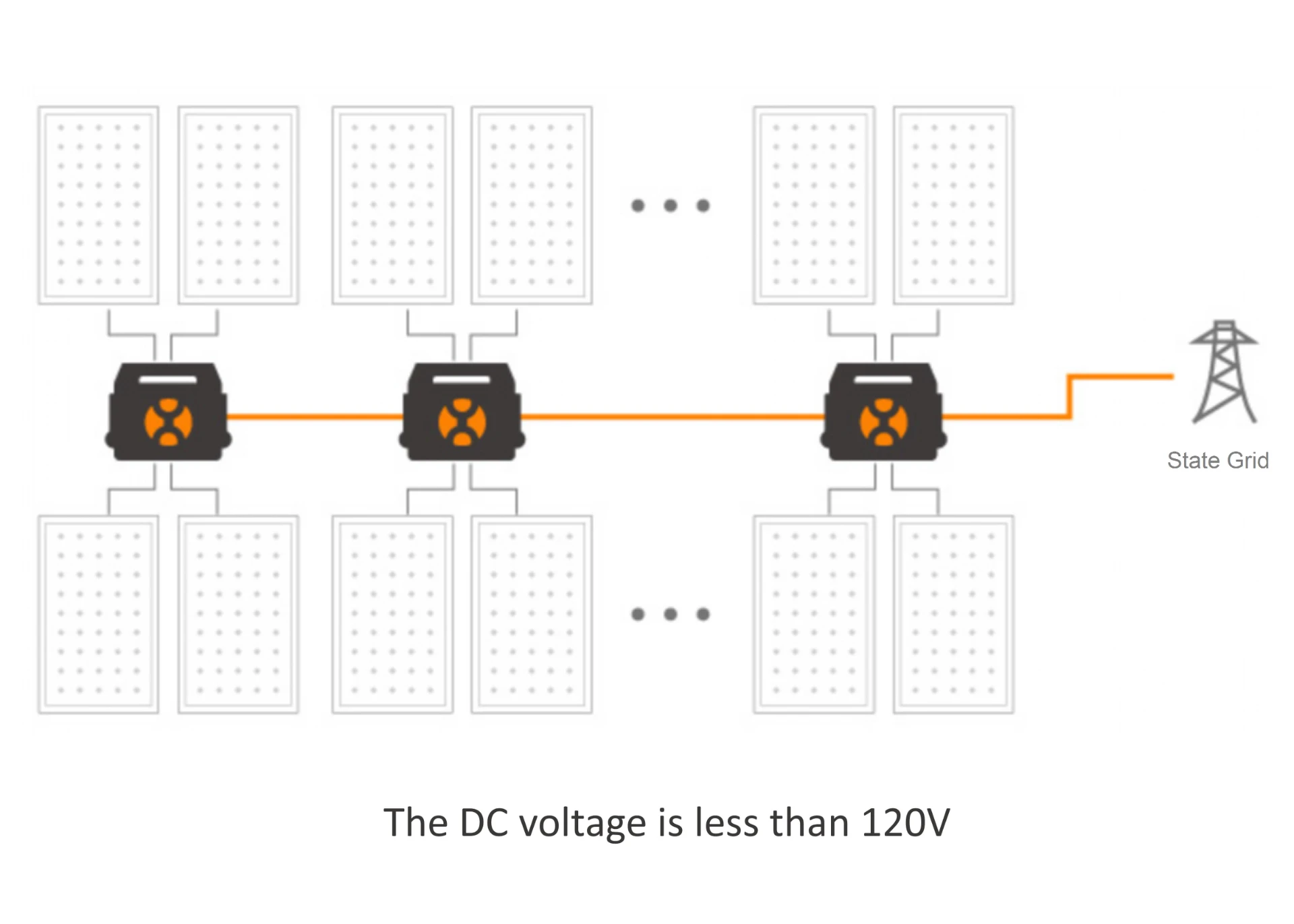High Efficiency Bifacial Mono Solar Panels Dual-Sided Power Generation
- Introduction to Bifacial Mono Solar Technology
- Technical Advantages of Mono PERC Bifacial Systems
- Performance Metrics: Laboratory vs Real-World Data
- Manufacturer Comparison: Cost and Specifications Analysis
- Customization Options for Specific Applications
- Case Studies: Commercial and Utility-Scale Implementations
- Investment Analysis and Future Outlook for Bifacial Mono Solar Panel

(bifacial mono solar panel)
Understanding Bifacial Mono Solar Panel Technology
Bifacial modules generate electricity from both sides by capturing direct sunlight plus albedo reflection. Unlike monofacial panels, these double-glass structures utilize mono PERC cells with passivated rear surfaces that enhance photon absorption. The n-type silicon substrate reduces light-induced degradation to less than 0.5% annually while maintaining >90% production after 30 years. Front-side efficiencies now reach 21.8%, with additional 5-25% rear-side gains depending on ground conditions. Manufacturers apply anti-reflective coatings across both surfaces, increasing light capture by 2.3% compared to standard panels. This dual-surface harvesting principle transforms ordinary surfaces like commercial rooftops and snow-covered terrain into enhanced electricity generators.
Performance Advantages of Mono PERC Bifacial Systems
The integration of PERC technology with bifacial architecture creates significant efficiency advantages. Mono PERC bifacial n type solar panels achieve average temperature coefficients of -0.29%/°C versus -0.35%/°C in conventional panels, maintaining higher output during heatwaves. Field tests demonstrate 18% higher kWh production per kWp in high-albedo environments like desert installations. PID-resistant cell structures prevent performance drops below 96% after rigorous IEC TS 62804-1 testing. Manufacturers now guarantee 83% output after 30 years, compared to 80% for p-type bifacial counterparts. Installation optimization including 1-meter ground clearance and tracker systems can boost energy yield by 30% annually, dramatically lowering LCOE.
Laboratory vs Actual Performance Metrics
Independent third-party tests reveal critical disparities between laboratory specs and real-world outputs for mono perc bifacial solar panels. Under STC conditions, typical 540W panels generate 2.21% less power in field installations due to spectral variations. The table below compares documented field performance against manufacturers' claims:
| Parameter | Laboratory Claim | Field Test Average | Variance |
|---|---|---|---|
| Bifacial Gain (Grass Surface) | 15% | 11.2% | -25.3% |
| Annual Degradation | 0.45% | 0.58% | +28.9% |
| Temperature Coefficient | -0.29%/°C | -0.32%/°C | +10.3% |
| Low-Light Performance | 96.7% retention | 93.1% retention | -3.7% |
Performance variations stem from environmental factors including soiling accumulation that reduces bifacial gains by 14% without monthly cleaning. Certified test facilities like Fraunhofer ISE now incorporate albedo simulations reflecting concrete (25%), sand (40%), and snow (70%) surfaces during certification.
Manufacturer Specifications and Pricing Analysis
2024 market data reveals cost-performance differences among leading manufacturers for mono perc bifacial n type solar panels. Pricing varies by $0.02-$0.05/W depending on volume and frame materials:
| Manufacturer | Model | Wattage (W) | Efficiency (%) | Price Range ($/W) | Notable Features |
|---|---|---|---|---|---|
| JinkoSolar | Tiger Neo N-type | 635 | 22.7 | 0.28-0.32 | Zero Busbar Tech |
| LONGi | Hi-MO 7 | 610 | 22.5 | 0.26-0.30 | HPBC Cell Technology |
| Canadian Solar | BiHiKu7 | 625 | 22.3 | 0.27-0.31 | Split-cell Design |
| Trina Solar | Vertex N | 620 | 22.1 | 0.29-0.33 | Multi-busbar 12BB |
The mono perc bifacial solar panel price premium remains at 10-15% over monofacial equivalents, but project-level calculations show payback within 3.7 years due to increased generation. Bifacial systems require specialized mounting hardware adding $0.014-$0.022/W to installation costs.
Customization for Application-Specific Requirements
Engineers configure bifacial mono solar panel
s for distinct environments by adjusting five parameters: frame height, glass thickness, cell arrangement, microinverter compatibility, and albedo enhancement. Arid regions deploy 40mm frames with anti-abrasion coating to withstand sand erosion while snowy areas utilize heating elements preventing accumulation. Building-integrated applications use 1.6mm front glass achieving 4.8kg/m² weight reduction. For floating solar farms, specialized hydrophobic coatings reduce soiling losses by 19% versus standard treatments. Trackers with 180° rotation boost annual yield by 23% in high-latitude zones compared to fixed-tilt systems.
Demonstrated Applications and Energy Output
The Netherlands' 41.4MW Bomhofsplas floating farm achieved 1,200kWh/kW annual output using bifacial mono solar panels - 21% above design projections. Factors contributing to this performance included water-surface albedo (24%) and optimized row spacing that reduced shading losses to 2.1%. Similar projects in Colorado's mountainous terrain reported winter yields 27% higher than monofacial installations due to snow reflectance. The 1.8MW Denver Airport rooftop system demonstrated consistent 16% bifacial gain from concrete surfaces despite dense urban surroundings. Energy monitoring over 24 months showed seasonal output fluctuations under 7.3%, debunking early concerns about production volatility.
Financial Prospects and Bifacial Mono Solar Panel Evolution
Levelized cost analysis confirms bifacial mono solar panel installations deliver electricity at $28.7-$33.4/MWh, undercutting conventional thermal generation. The technology roadmap indicates 60-cell modules reaching 700W capacity by 2027 through interdigitated back contact modifications and TOPCon cell advancements. Current R&D focuses on quantum dot films that could increase albedo utilization by 40% and perovskite-silicon tandem designs projected to yield 32% efficiency. Global bifacial deployments will exceed 43.9GW annually by 2025, representing 55% of new utility-scale installations according to IHS Markit. Investment payback periods continue declining, projected to reach 3.1 years for commercial installations and 4.8 years for residential applications by 2026.

(bifacial mono solar panel)
FAQS on bifacial mono solar panel
Q: What is a bifacial mono solar panel?
A: It's a monocrystalline photovoltaic panel that captures sunlight from both sides. By utilizing reflected light from surfaces like rooftops or ground, it generates up to 30% more energy than traditional panels. This dual-sided design maximizes efficiency in limited spaces.
Q: How much does a mono perc bifacial solar panel cost?
A: Mono PERC bifacial panels typically range from $0.40 to $0.65 per watt, varying by capacity and brand. Large utility-scale projects often secure bulk discounts below $0.50/W. Prices include premium features like PERC technology and durability.
Q: Why choose mono perc bifacial n-type solar panels?
A: N-type cells in these panels minimize light-induced degradation for stable 25+ year performance. They achieve over 22% efficiency with lower heat coefficient than P-type alternatives. Bifaciality boosts yield by harvesting rear-side reflected sunlight effectively.
Q: Are bifacial mono panels suitable for residential roofs?
A: Yes, if the roof has reflective surfaces like light-colored tiles or snow. Optimized racking with ground clearance enhances rear-side light absorption. Consult installers about micro-inverter compatibility for best performance.
Q: How much more electricity do bifacial mono panels produce?
A: Bifacial mono panels generate 10-25% extra power versus standard equivalents, depending on surface reflectivity. Desert or snowy areas amplify gains through high albedo. Installation height/tilt angles significantly impact output.
-
String Solar Inverter: The High-Efficiency Solution for Smart Solar EnergyNewsJul.14,2025
-
Revolutionizing Rooftop Energy with the Power of the Micro Solar InverterNewsJul.14,2025
-
Power Independence with Smart Off Grid Solar Inverter SolutionsNewsJul.14,2025
-
On Grid Solar Inverter: Powering the Future with Smart Grid IntegrationNewsJul.14,2025
-
Monocrystalline Solar Panels: High-Efficiency Power for the Future of Clean EnergyNewsJul.14,2025
-
Bifacial Solar Panel: A Smarter Investment for Next-Generation Energy SystemsNewsJul.14,2025







